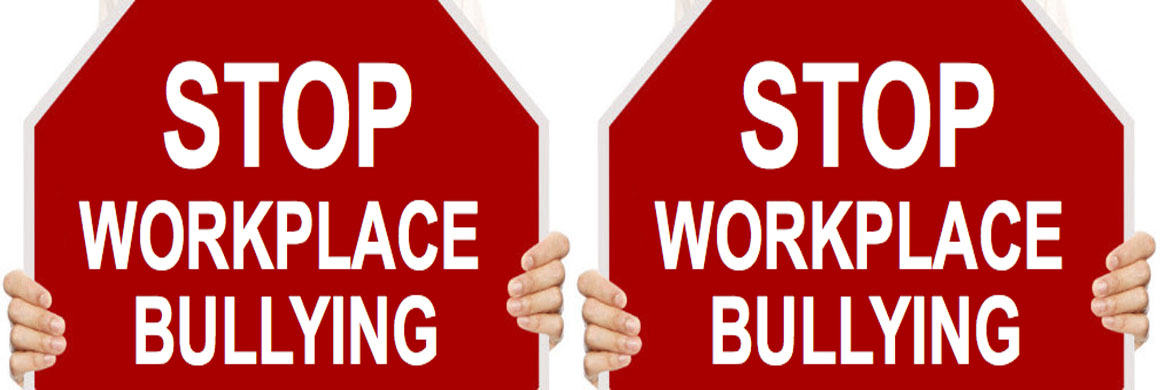Businesses owe a duty of care to their workers to protect their ‘health and safety’ at work. This duty of care is set out by the Work Health and Safety Act 2011 and includes the obligation to ensure that the psychological health of workers is not put at risk by the work they do, or by the environment within which their work is done.
Recent changes and interpretations of the WHS laws leave no doubt that workplace bullying is considered a risk to the mental health of employees, and that employers are under a legal duty of care to ensure that bullying is not tolerated.
Indeed, since 1 January 2014, workers can apply to the Fair Work Commission for an ‘order to stop bullying at work’, and there have been numerous civil law cases where employers have been held responsible for the psychological impact of bullying occurring on their watch.
It is therefore imperative that businesses understand their obligations to address bullying at work.
What is workplace bullying?
Bullying at work is defined by s789FD of the Fair Work Act 2009 as unreasonable behaviour towards a worker where that behaviour is:
1. repeated, and
2. creates a risk to health and safety.
Bullying can be difficult to recognise due to its often subtle and pervasive nature, but at its heart, bullying behaviour is identifiable by:
• the feelings of hurt or intimidation that the behaviour engenders
• the repetitive and ongoing nature of the behaviour
It is also often associated with the existence of a power imbalance in the relationship between the bully and his/her victim, or the implication of one.
What does bullying behaviour look like?
Bullying behaviour might include:
• Acts or communication which intimidates, humiliates, hurts or offends, including making hurtful remarks, making fun of a person or belittling one’s opinions
• Starting a rumour or spreading gossip
• Teasing or playing a ‘practical joke’ or ‘mind games’
• Deliberate exclusion from workplace meetings or social events
• Deliberate withholding of information that a person needs to do their job
• Abuse of management powers such as setting unrealistic goals or unnecessary tasks, excessively scrutinising work, or unreasonably obstructing promotion
• Displaying or revealing material of an offensive nature
• Aggressive communication
• Pressuring someone to behave inappropriately
• Harassment
• Physical attacks (or threats of physical attack)
• Initiations (forcing inappropriate or humiliating behaviour in order to be accepted in the team).
What is not bullying?
Bullying is not a personality clash, or a difference of opinion. Neither is bullying the same as directions received from a manager, as long as these are delivered fairly and appropriately.
Organisational culture plays a part
Bullying is generally thought of as an interpersonal problem (between two individuals), or a problem of group dynamics. Whilst this is largely true, research has shown that an organisation’s culture has a distinct impact on the propensity for workplace bullying*.
Researchers categorise these cultural influences as follows:
1. Enabling Cultures such as perceived power imbalances, discontent or frustration with the workplace, as well as the (perceived) low cost of engaging in bullying behaviour.
2. Motivating Structures or reward systems which encourage internal competition, including winner/loser cultures or cultures where the success of the individual is promoted above the success of the group.
3. Precipitating Processes which impact workplace structures such as downsizing, restructuring and organisational change.
Employer responsibility – zero tolerance.
There is no doubt that employers have a duty of care to guard against bullying in the workplace. So how best do you meet this duty of care?
• Essential to your strategy must be a ‘zero tolerance’ policy. Bullies must experience negative consequences for their behaviour and your response should be swift and clear. Expect appropriate standards of behaviour from staff at all times, and pull them up if they are not meeting those standards.
• Teach your managers good communication and people management skills
• Train your staff regularly, as to what does and does not constitute bullying – take a look at our training offer below
• Assess and refine potential risk factors in your workplace. Prime risks include stressful environments, competitive cultures, role conflict or uncertainty as to expectations.
• Take complaints seriously and support victims to seek help.
• Ensure you have effective workplace bullying policies and procedures in place, and make sure your staff know what to do with them.
How can we help?
Our EAP can provide victims of bullying with the emotional support they need to build resilience and recover from their experiences. We can also work with individuals who display ‘bully’ type behaviour to improve their conduct. In addition, we run in-house Bullying & Harassment Awareness Training for managers and staff, which will help your people recognise bullying, understand its causes and know how to respond. We also offer a range of programs which teach staff better communication and people management skills. If you are interested in customised training for your organisation, please feel free to contact us and our Corporate Services Director, Dan Auerbach, will be in touch.
Additional resources
For further, detailed information about your responsibilities as an employer, see this resource from Safe Work Australia. If you are looking to develop or review your own policy on workplace bullying, this checklist designed by Comcare is useful.
* Salin, D “Ways of Explaining Workplace Bullying: A Review of Enabling, Motivating and Precipitating Structures and Processes in the Work Environment” Human Relations Vol. 56(3) October 2003
Subscribe To Receive The Latest News
Curabitur ac leo nunc. Vestibulum et mauris vel ante finibus maximus.
[fusion_form form_post_id=”2675? hide_on_mobile=”small-visibility,medium-visibility,large-visibility” class=”” id=”” /]
Add notice about your Privacy Policy here.










